April 17, 2016 - fertilizer & good sleep & back pain & magnesium
strawchicago z5
8 years ago
Featured Answer
Sort by:Oldest
Comments (63)
strawchicago z5
8 years agostrawchicago z5
8 years agoRelated Discussions
March/April FOTESS Round Robin Poetry Swap!
Comments (150)Evening All! It was the same here, Tuesday, Margo, overcast and windy but the wind wasn't bitterly cold, which was a welcome change. My mini daffs are starting to bloom! The crocuses are still going strong. And I too am still tired. Bummer! I was reading back thro the posts on this thread and way back at the beginning of this swap, I promised to keep the Robin's flight plan posted. You may have noticed, I haven't done that! So here it is, a little late, and I'll try my best to keep it updated! I sent to Peggy in Washington; Peggy sent it on to Heidi in Nebraska; Heidi mailed it on to Annie in California; Annie mailed it to Ruth in Texas; Ruth sent it flying to Melinda in Arkansas; Melinda just sent it to Diane/Moonfire; Diane sends it to Jeanne/sandlapper_rose in South Carolina; Jeanne sends it to Alana/poisondartfrog in Kentucky; Alana sends it to Robin in Virginia; Robin sends it to Vina/flowergirl134 in New York; Vina sends it to Janine/Jaynine in Connecticut; Janine sends it to Suzanne/hibiscusfan in Ohio; Suzanne sends it to Margo/smitties in Ohio; and Margo will send it to Katie in Mississippi, who will send the completed poem back to me! Hope I didn't skip anyone! Have a great day tomorrow! Shirley!...See More11/17/15: Healthy recipes for roses & us, products that work
Comments (31)Great idea for early Christmas tree !! Looks good, Jim. I don't put mine up until the last minute, since my kid likes to jump rope everywhere. Then her friends come over and want to jump rope, so we always have empty space. I gave away a sofa to make room for their exercises. I'm breaking out in rash from using fish oil. It was fine for the first few weeks, then I developed an allergic reaction after repeated using. Sam's club sells Barlean's Omega-Swirl liquid fish oil really cheap .. $4 for a huge bottle, 24 OZ. It tastes like sorbet. Regular price is over $30, but Sam's club sells it for $4 since it's end of season, plus there's the news that fish oil raised the risk of prostrate cancer. Dairy & calcium also raise prostate cancer risk. The late rosarian Karl Bapst had prostate cancer. From WebMD: " The researchers reviewed 12 studies, conducted between 1966 and 2005, which examined dairy and calcium intake and prostate cancer incidence. They report that men who ate the most dairy products had an 11% increase in prostate cancer risk compared with men who ate the fewest. Men with the highest intake of calcium were 39% more likely to develop prostate cancer than men with the lowest. The risk increases reported in the studies were modest. But an author of the latest work tells WebMD that it is potentially significant because prostate cancer is so common. Prostate cancer is the most widely diagnosed cancer among American men. According to the American Cancer Society, one out of six men will develop the disease. One out of 34 men will die from the disease." http://www.webmd.com/prostate-cancer/news/20051206/lots-of-dairy-linked-to-prostate-cancer From Straw: Omega-3 in fish oil raises prostate cancer risk even more. Fish oil capsule is quite stinky once I poke it to sniff. The fish oil liquid I take is stinky compared to eating FRESH fish. Anything stinky & concentrated isn't good for health. The book "The China Study" written by Dr. Campbell tested fish-protein, cow-milk protein and induced cancer in rats with BOTH. But vegetables and plant-protein shrank tumor in rats. " Mercury is not the only toxin found in fish and fish oil. Polychlorinated biphenyls, or PCBs, are commonly found, in high levels, in fish Oil supplements. PCBs are considered carcinogens, or cancer causing, and are also known to cause headaches, cough, fatigue, skin sores and more. There is currently a lawsuit against fish oil companies because they are not disclosing the levels of PCBs and other chemicals present in their products." http://ezinearticles.com/?3-Reasons-Fish-Oil-is-Bad-For-You&id=4371461 "These anti-inflammatory omega-3s were associated with a 43 percent increased risk for prostate cancer overall, and a 71 percent increased risk in aggressive prostate cancer," said study lead author Theodore Brasky, a research assistant professor at Ohio State University Comprehensive Cancer Center in Columbus, who was at Hutchinson at the time of the study." http://www.webmd.com/prostate-cancer/news/20130710/too-much-fish-oil-might-boost-prostate-cancer-risk-study-says?page=2...See MoreStarting Tomatoes Season ... 2016
Comments (85)This is my first year trying to grow tomatoes with soil warming cable. Before that I always got very nervous during the night freeze and I took tomatoes inside and it was tiresome and not mind relaxing. This year I know that my plants have an internal heat source during the freezing temperatures and it supports them enough. My makeshift greenhouse is quite simple. The wooden frame 4X4 feet is actually the part of my compost bin. It will serve as compost bin after I will be done with tomatoes. I put some isolation inside, but I am not sure if it helps. Two 10 feet hoops, some agriborn row cover on top, the plastic sheet on top of the cover. I also put smaller hoops right inside the greenhouse and I put the additional layer of cover when the nights are freezing. My plan is to turn on soil warming cable when the night temperatures are lower then 40 degrees (which happened on the most days so far) and to open the plastic cover for the ventilation (but leave the agribon) if the outside temperatures are higher then 55-60. Eventually I am planning to leave agribon cover only when the temperatures are high enough. This year all of my veggies grow outside instead of the basement. Today we had 26 F in the morning and inside the greenhouse it was 39, it quickly got warmer when sun came up. The soil temperatures stay in 60s all the time....See MoreApril 6, 2016 - Tips for: roses, garden, health, happiness, recipes
Comments (19)Safety tips for the garden: NEVER USE GAS nearby a flame source, like a pilot light in a water-heater, or furnace, or a tiny ember. One neighbor used gasoline to kill a big & thorny rose grafted on Dr. Huey: she poured on the rose, then put a trash-can-lid over it so it could not get rain. That surely destroyed the soil. During my volunteer days in rehab (decades ago), I still remember a man, burnt badly from head to toe ... he was in utter misery. He told me how he did it: through using gasoline to kill a patch of poison ivy. Another man did the same and became a human fireball, except he attempted to light some wood in a wrought iron outdoor fireplace, the $99 type at HomeDepot. He could not get fire started, so he grabbed the red-can of gasoline container (for mowing the lawn).. it has just a little of gas inside. He thought he could splash just a tiny bit of gas onto the barely alive flicker on the log .. but that tiny flame ignited the fumes and shoot the flame into the gas can and caused a HUGE EXPLOSION .. and he became a fireball. Luckily there's a pond 12 yards away, and he jumped into it .. alive, but in the hospital for months with 17 very painful skin-grafts. He wrote his near-death-experience and time in hell (after death) in the below Amazon book-on-line. Just click on the book and Amazon shows the first few pages of the book, where he landed in hell after death. He's an assistant principal at an elementary school. http://www.amazon.com/Hell-Real-Too-Death-Experience-ebook/dp/B018UYNQCG/ref=sr_1_9?s=books&ie=UTF8&qid=1460265353&sr=1-9&keywords=hell#reader_B018UYNQCG There's another sad & true story of a teenager boy was chopping wood with a chain-saw, he ran out of gas, and it's freezing cold outside, so he brought the gas can down the basement to re-fill his chain-saw, except there's a furnace down the basement (with flame inside) .. the entire basement exploded, killing the boy. Another near-death experience involved a man came back to his old house on sale .. the water was turned off, so he could not wash his hands after spraying a wasp-nest with wasp-spray. He got some wasp-spray on his hands, was hungry so he ate his sandwich, noticed a strange taste .. he got ill, and was in a coma & had a near-death-experience (went to heaven) then hospitalized for 6 months before he could walk again....See Morestrawchicago z5
8 years agostrawchicago z5
8 years agostrawchicago z5
8 years agostrawchicago z5
8 years agolast modified: 8 years agostrawchicago z5
8 years agolast modified: 8 years agostrawchicago z5
8 years agolast modified: 8 years agostrawchicago z5
8 years agolast modified: 8 years agostrawchicago z5
8 years agolast modified: 8 years agostrawchicago z5
8 years agolast modified: 8 years agostrawchicago z5
8 years agolast modified: 8 years agoKhalid Waleed (zone 9b Isb)
8 years agostrawchicago z5
8 years agolast modified: 8 years agorosecanadian
8 years agostrawchicago z5
8 years agolast modified: 8 years agostrawchicago z5
8 years agolast modified: 8 years agostrawchicago z5
8 years agolast modified: 8 years agostrawchicago z5
8 years agolast modified: 8 years agostrawchicago z5
8 years agolast modified: 8 years agostrawchicago z5
8 years agolast modified: 8 years agoKhalid Waleed (zone 9b Isb)
8 years agostrawchicago z5
8 years agolast modified: 8 years agostrawchicago z5
8 years agolast modified: 8 years agostrawchicago z5
8 years agolast modified: 8 years agostrawchicago z5
8 years agolast modified: 8 years agostrawchicago z5
8 years agolast modified: 8 years agostrawchicago z5
8 years agolast modified: 8 years agostrawchicago z5
8 years agostrawchicago z5
8 years agolast modified: 8 years agostrawchicago z5
8 years agolast modified: 8 years agostrawchicago z5
8 years agolast modified: 8 years agojessjennings0 zone 10b
8 years agolast modified: 8 years agostrawchicago z5 thanked jessjennings0 zone 10bjessjennings0 zone 10b
8 years agolast modified: 8 years agostrawchicago z5 thanked jessjennings0 zone 10bstrawchicago z5
8 years agolast modified: 8 years agostrawchicago z5
8 years agolast modified: 8 years agoKhalid Waleed (zone 9b Isb)
8 years agolast modified: 8 years agostrawchicago z5 thanked Khalid Waleed (zone 9b Isb)jessjennings0 zone 10b
8 years ago
Related Stories

DESIGNER SHOWCASESUnderstated Elegance at the 2016 Pasadena Showcase House of Design
Southern California designers put their signature touches on rooms in a Mission Revival show house
Full Story
ARCHITECTUREBack to the Futuro: Tour a Lovingly Restored ‘Spaceship’ Home
Travel back to the ’60s Space Age with a rare glimpse inside an original House of the Future
Full Story
INSPIRING GARDENSNative Plants Bring 10 Southern California Front-Yard Gardens to Life
Rare plants, rain gardens and wildlife habitats are just a few of the features showcased on the 2016 Theodore Payne Native Plant Garden Tour
Full Story
INSIDE HOUZZHow Much Does a Remodel Cost, and How Long Does It Take?
The 2016 Houzz & Home survey asked 120,000 Houzzers about their renovation projects. Here’s what they said
Full Story
MOST POPULARMeet a Lawn Alternative That Works Wonders
Carex can replace turfgrass in any spot, is low maintenance and adjusts easily. Add its good looks and you’ve got a ground cover winner
Full Story
HOUSEKEEPINGHow to Clean and Care for Your Mattress
See what the experts recommend to protect your mattress from dust, moisture and stains
Full Story
LIFE10 Ways to Work Through Grief Triggers During the Holidays
A year after losing her sister, she was facing another holiday. Here’s how one woman learned to find joy again
Full Story
BEDROOMSTrending Now: 25 Bedrooms We’d Love to Fall Asleep In
Looking for a comfortable and calm space? Consider some of the most popular new bedroom photos on Houzz
Full Story
WINTER GARDENINGPruning Secrets for Exquisite Roses
Encourage gorgeous blooms year after year with this time-tested advice on how to prune your rosebush in winter for health and shape
Full Story
DECLUTTERINGYour Clutter-Clearing Plan for the New Year
Tackle these tasks month by month for a decluttering strategy that will really pay off
Full Story


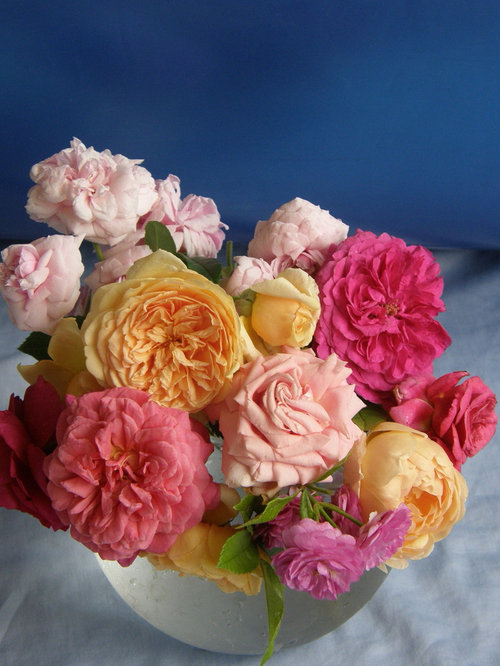
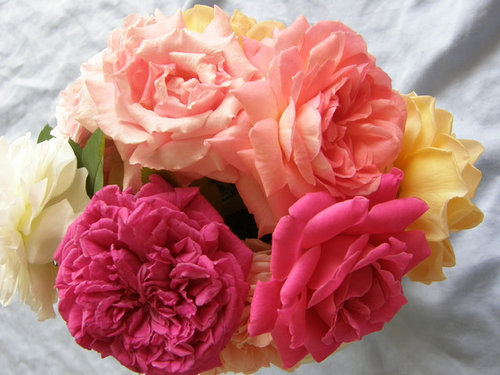
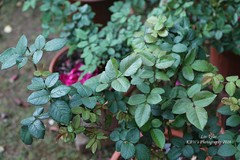
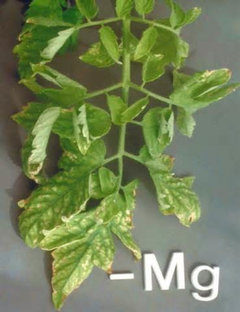

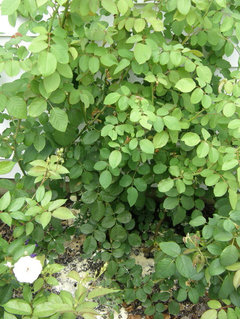
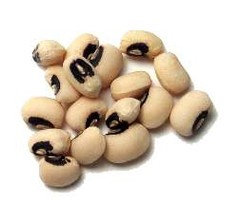
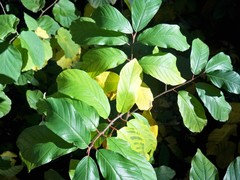



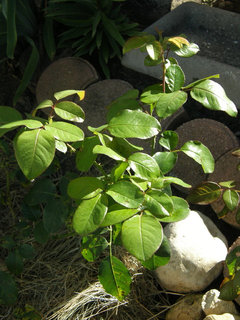
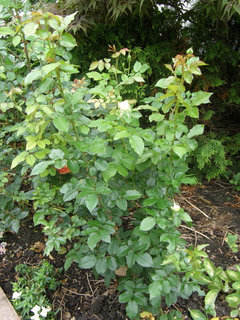

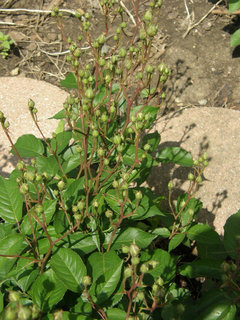
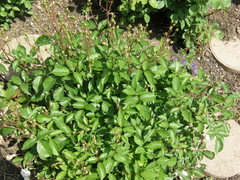


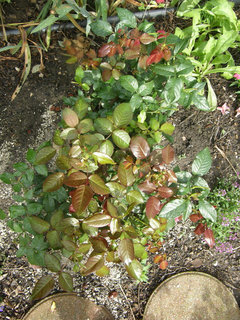
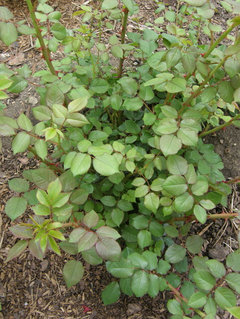
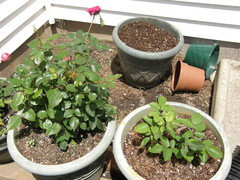
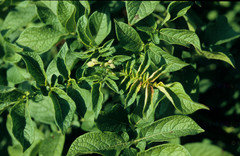
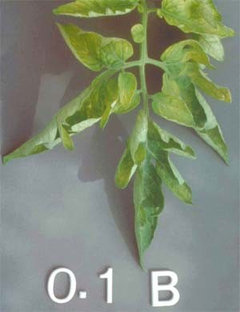

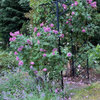

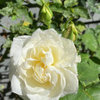
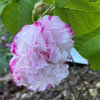
Khalid Waleed (zone 9b Isb)